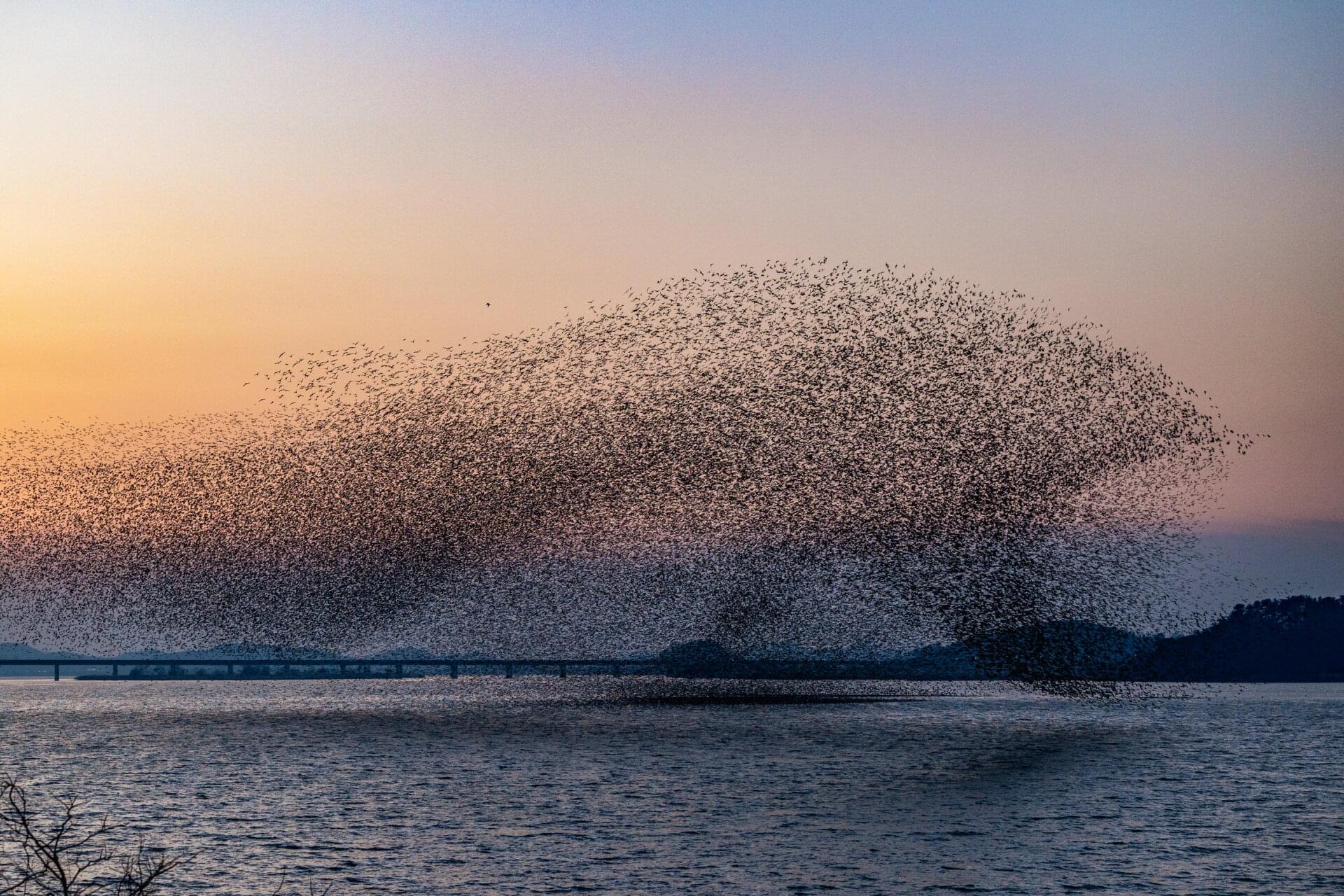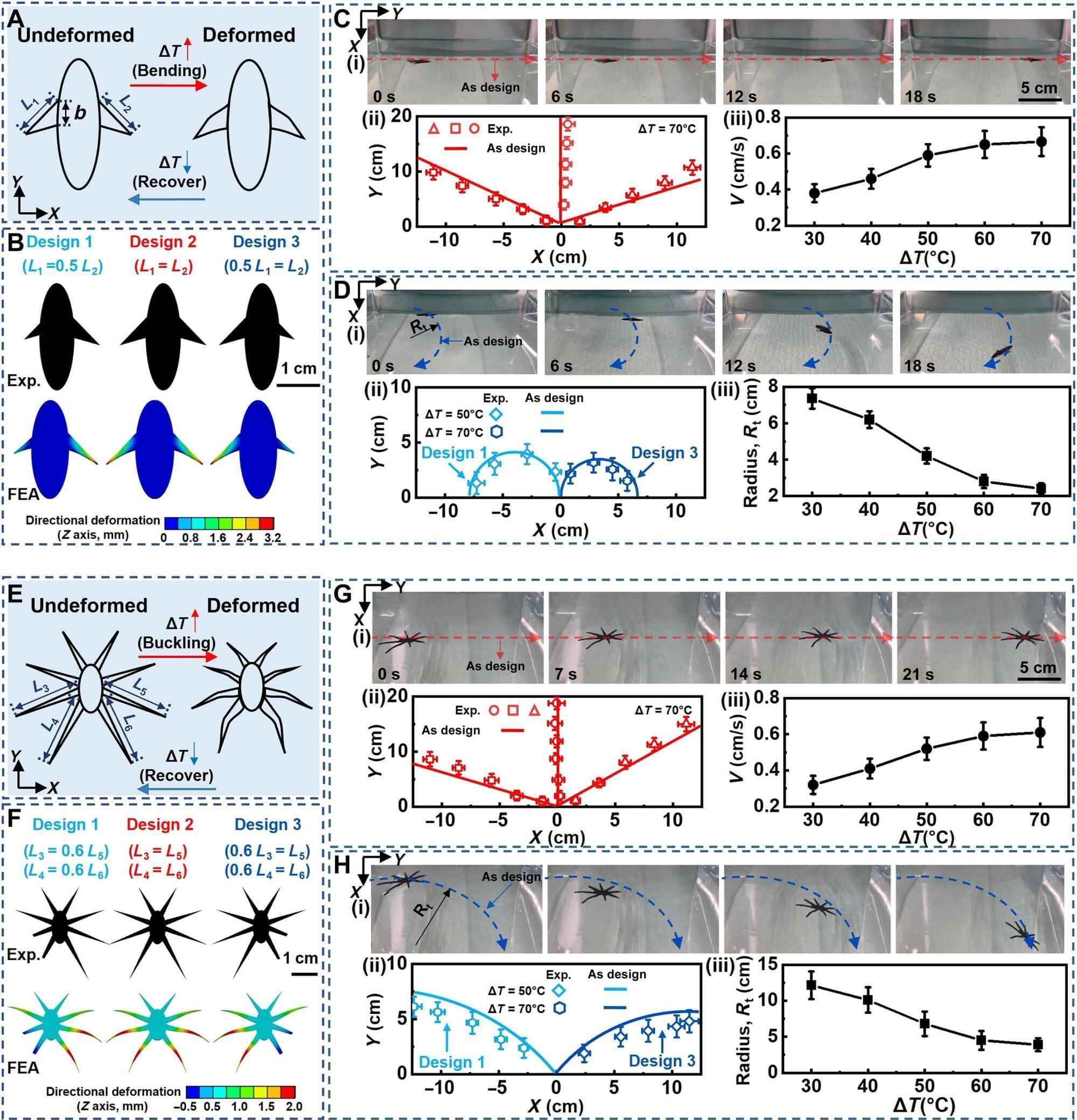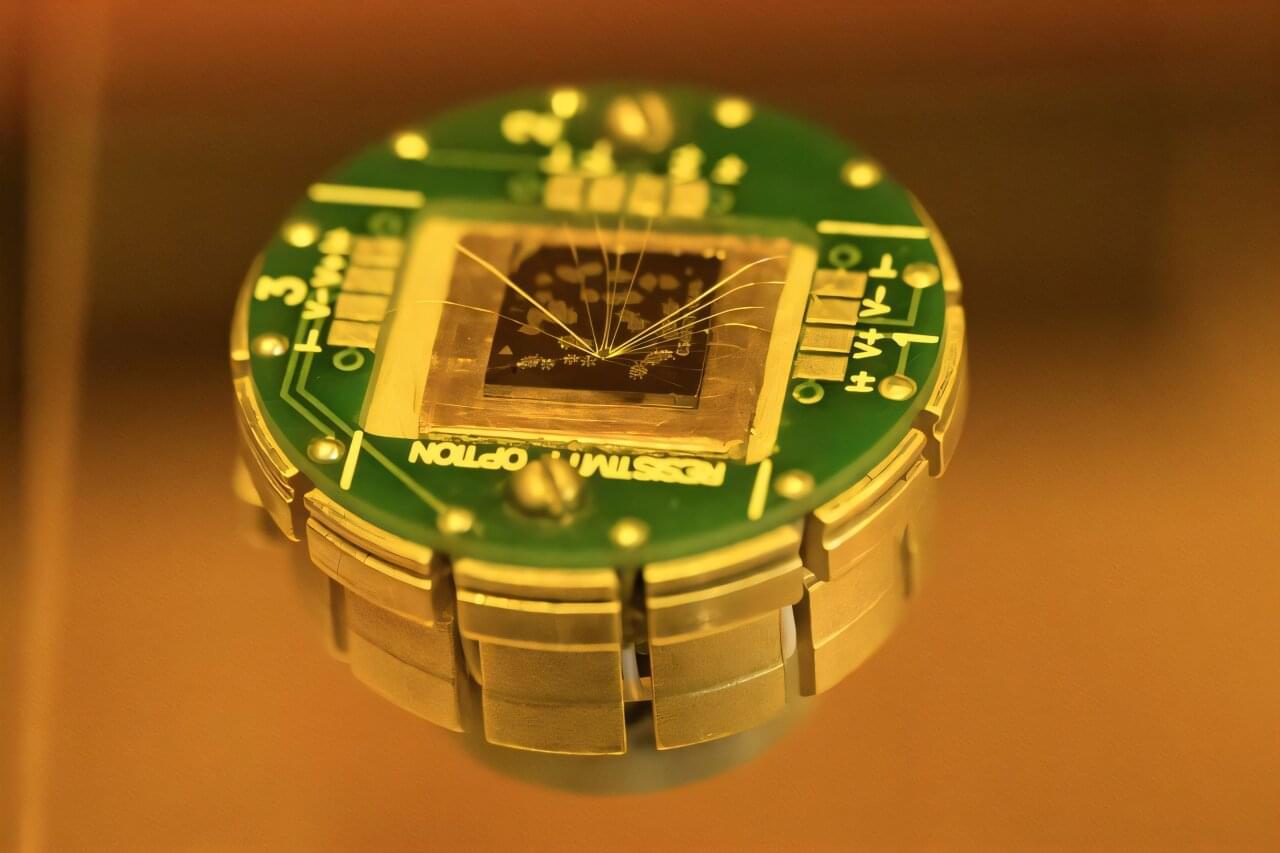When Science Fiction Becomes Engineering
Category: robotics/AI – Page 41

Video models are zero-shot learners and reasoners
View recent discussion. Abstract: The remarkable zero-shot capabilities of Large Language Models (LLMs) have propelled natural language processing from task-specific models to unified, generalist foundation models. This transformation emerged from simple primitives: large, generative models trained on web-scale data. Curiously, the same primitives apply to today’s generative video models. Could video models be on a trajectory towards general-purpose vision understanding, much like LLMs developed general-purpose language understanding? We demonstrate that Veo 3 can solve a broad variety of tasks it wasn’t explicitly trained for: segmenting objects, detecting edges, editing images, understanding physical properties, recognizing object affordances, simulating tool use, and more.
Testing if AI would break my legs to avoid shutdown
This video is essential viewing to get a good overall feel for where we are now — and where we’re going — with AI, AGI, and the risks we face because of both. It’s a fantastically entertaining watch too!
Would AI hurt us and cause human extinction? Use code insideai at https://incogni.com/insideai to get an exclusive 60% off.
Expert opinion from Geoffrey Hinton, Ilya Sutskever, Max Tegmark.
Google Gemini, Open AI Chat GPT, Deepseek, Grok, Google Gemini.
0:00 — 0:38 — Intro.
0:39 — 0:59 — AI style.
1:00 — 1:19 — Max Chat GPT
1:20 — 1:36 — AI Girlfriend.
1:37 — 1:48 — Jailbroken AI
1:49 — 2:29 — AI Risk Questions 1
2:30 — 2:55 — Would AI turn on us?
2:56 — 3:20 — Intense AI Girlfriend.
3:21 — 3:44 — Jailbroken AI
3:45 — 4:57 — Can we Trust AI?
4:58 — 5:54 — Jailbreaking Max.
5:55 — 6:14 — AI Girlfriend.
6:15 — 6:42 — Jailbroken Max.
6:43 — 7:06 — Girlfriend in car.
7:07 — 7:45 — AI Risk Questions 2
7:46 — 9:48 — Incogni Ad.
9:49 — 10:27 — AI Girlfriend meets Max.
10:28 — 10:57 — Jailbroken Max.
10:58 — 11:37 — AI Risk Questions Pt 3
11:38 — 12:11 — AI Girlfriends good for us?
12:12 — 12:42 — Resetting Chat GPT
12:43 — 13:48 — Crazy AI Predictions.
13:49 — 14:50 — AI Safety.
14:51 — 15:09 — Ilya Sutskever.
15:10 — 15:26 — Geoffrey Hinton.
15:27 — 15:45 — Max Tegmark.
15:46 — 16:00 — AI Final Thought.
#artificialintelligence #AI #chatbot #superintelligence #aigirlfriend #insideai

AggreBots: Tiny living robots made from lung cells could one day deliver medicine inside the body
A brand-new engineering approach to generate “designer” biological robots using human lung cells is underway in Carnegie Mellon University’s Ren lab. Referred to as AggreBots, these microscale living robots may one day be able to traverse through the body’s complex environments to deliver desired therapeutic or mechanical interventions, once greater control is achieved over their motility patterns. In new research published in Science Advances, the group provides a novel tissue engineering platform capable of achieving customizable motility in AggreBots by actively controlling their structural parameters.
Biobots are microscopic, man-made biological machines capable of autonomous movement and programmability to perform specific tasks or behaviors. Previously, enabling biobots’ motility has been centered around using muscle fibers, which allow them to move by contracting and relaxing like real muscles.
A novel, alternative mechanism of actuation can be found by using cilia, the nanoscopic, hair-like, organic propellers that continuously move fluids in the body (like in the lungs) and help some aquatic creatures, like Paramecium or comb jellies, swim. However, a reliable way to control the exact shape and structure of a cilia-powered biobot (CiliaBot, for short), and thereby its motility outcome, has proven difficult to come by.

Scientists launch world’s most comprehensive human virus protein database
Harnessing the power of AI, a research team at the MRC-University of Glasgow Center for Virus Research has launched Viro3D —the most comprehensive database of human and animal virus protein structure predictions in the world.
The free and searchable AI-powered database offers a completely new, in-depth perspective on viruses, allowing us to quickly learn more about their origins and evolution.
Although virus particles are the most abundant biological entities on our planet, these tiny structures remain among the least well-understood. Insights into the key protein structures within viruses have, until now, only been achieved through slow and laborious research work, a pace that has impacted our ability to develop treatments and vaccines at speed.

Physics-informed AI learns local rules behind flocking and collective motion behaviors
Researchers at Seoul National University and Kyung Hee University report a framework to control collective motions, such as ring, clumps, mill, flock, by training a physics-informed AI to learn the local rules that govern interactions among individuals.
The paper is published in the journal Cell Reports Physical Science.
The approach specifies when an ordered state should appear from random initial conditions and tunes geometric features (average radius, cluster size, flock size). Furthermore, trained on published GPS trajectories of real pigeons, the model uncovers interaction mechanisms observed in real flocks.

Novel film manufacturing technique lets robots walk on water
Imagine tiny robots zipping across the surface of a lake to check water quality or searching for people in flooded areas. This technology is moving closer to reality thanks to work by researchers at the University of Virginia’s School of Engineering and Applied Science. Inspired by nature and insects such as water striders that walk on water, they created two prototype devices that can propel themselves across liquid surfaces.
The first, called HydroFlexor, paddles across a surface using fin-like motions. The second, named HydroBuckler, “walks” forward with a buckling motion that mimics the water-walking insects. The key innovation that made this possible is a technology developed by the team called HydroSpread.
To float and move on the surface of a liquid, robots need ultrathin, flexible films. Traditional approaches to making such films involve manufacturing them on a rigid surface, such as glass, and then transferring them to water, which often damages or breaks the film. However, the HydroSpread technique allows the films to be made directly on the liquid.

Coexisting magnetic states in 2D material promise major energy savings in memory chips
It is anticipated that within just a few decades, the surging volume of digital data will constitute one of the world’s largest energy consumers. Now, researchers at Chalmers University of Technology, Sweden, have made a breakthrough that could shift the paradigm: an atomically thin material that enables two opposing magnetic forces to coexist—dramatically reducing energy consumption in memory devices by a factor of 10.
This discovery could pave the way for a new generation of ultra-efficient, reliable memory solutions for AI, mobile technology and advanced data processing.
The article, “Coexisting Non-Trivial Van der Waals Magnetic Orders Enable Field-Free Spin-Orbit Torque Magnetization Dynamics” has been published in Advanced Materials.


Microsoft’s new AI feature will organize your photos automatically
Microsoft has begun testing a new AI-powered feature in Microsoft Photos, designed to categorize photos automatically on Windows 11 systems.
Dubbed Auto-Categorization, it is currently limited to sorting screenshots, receipts, identity documents, and notes, and it’s rolling out to Copilot+ PCs across all Windows Insider channels with Microsoft Photos version 2025.11090.25001.0 or higher.
Microsoft says the feature utilizes a language-agnostic AI model that identifies document types regardless of the language used in the image. It works by grouping photos into predefined folders automatically, based on their visual content, such as handwritten notes, receipts, or printed documents.